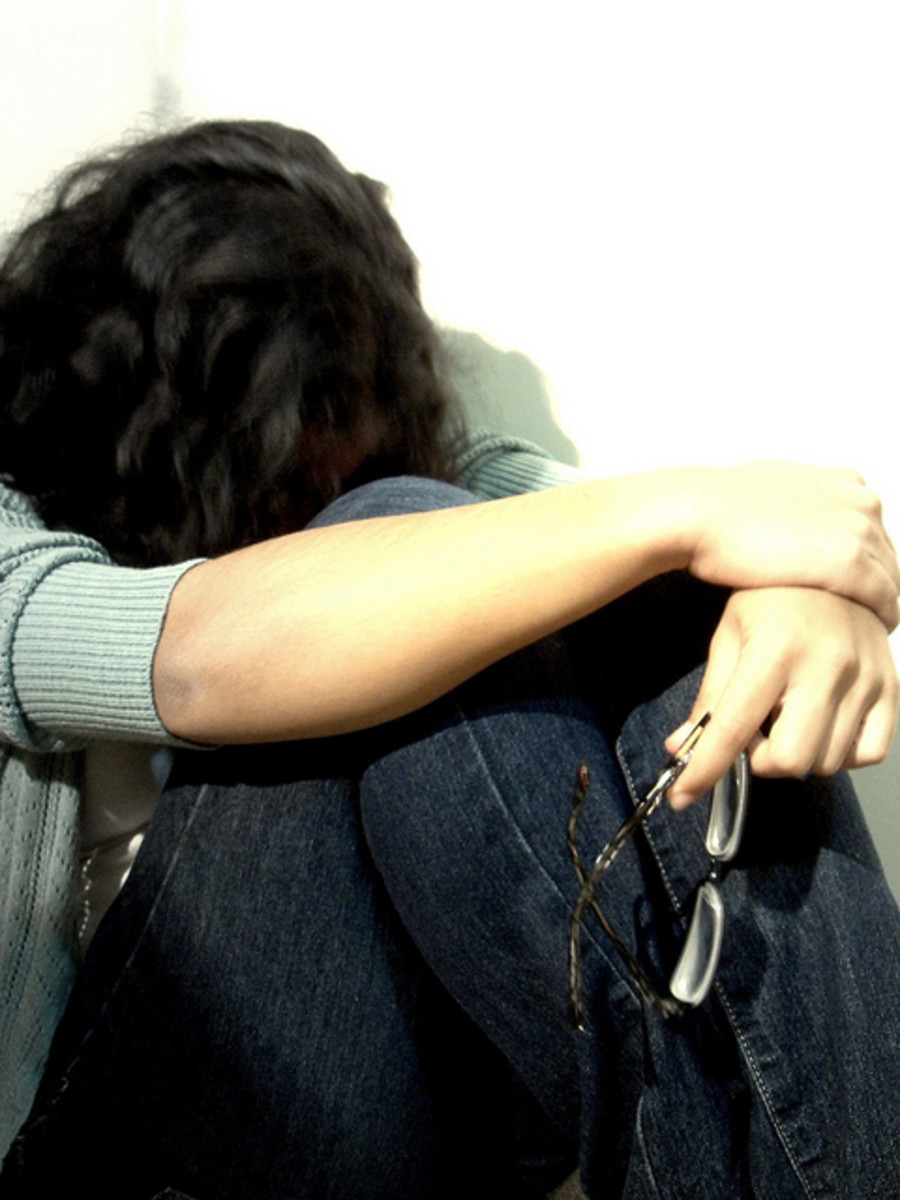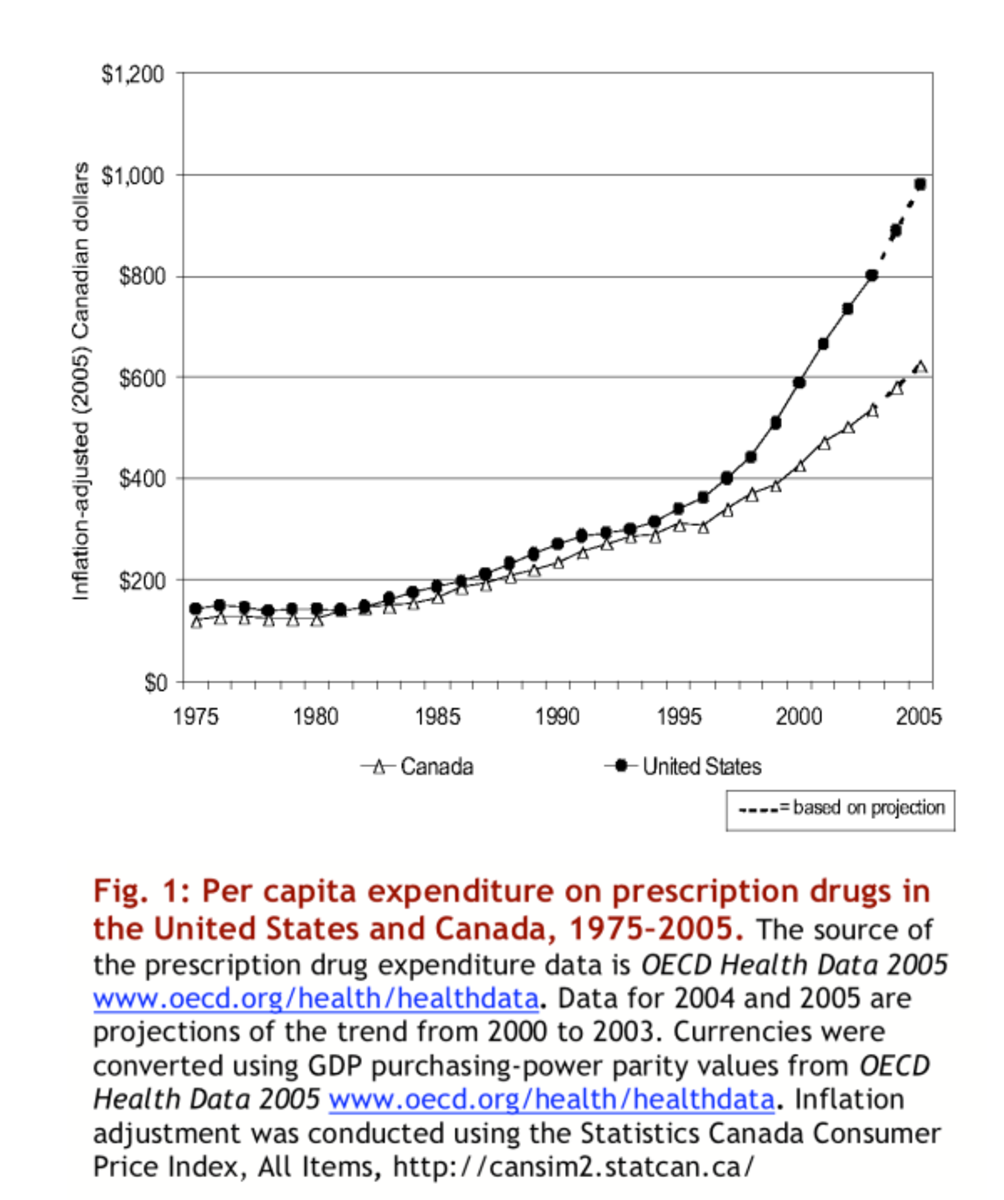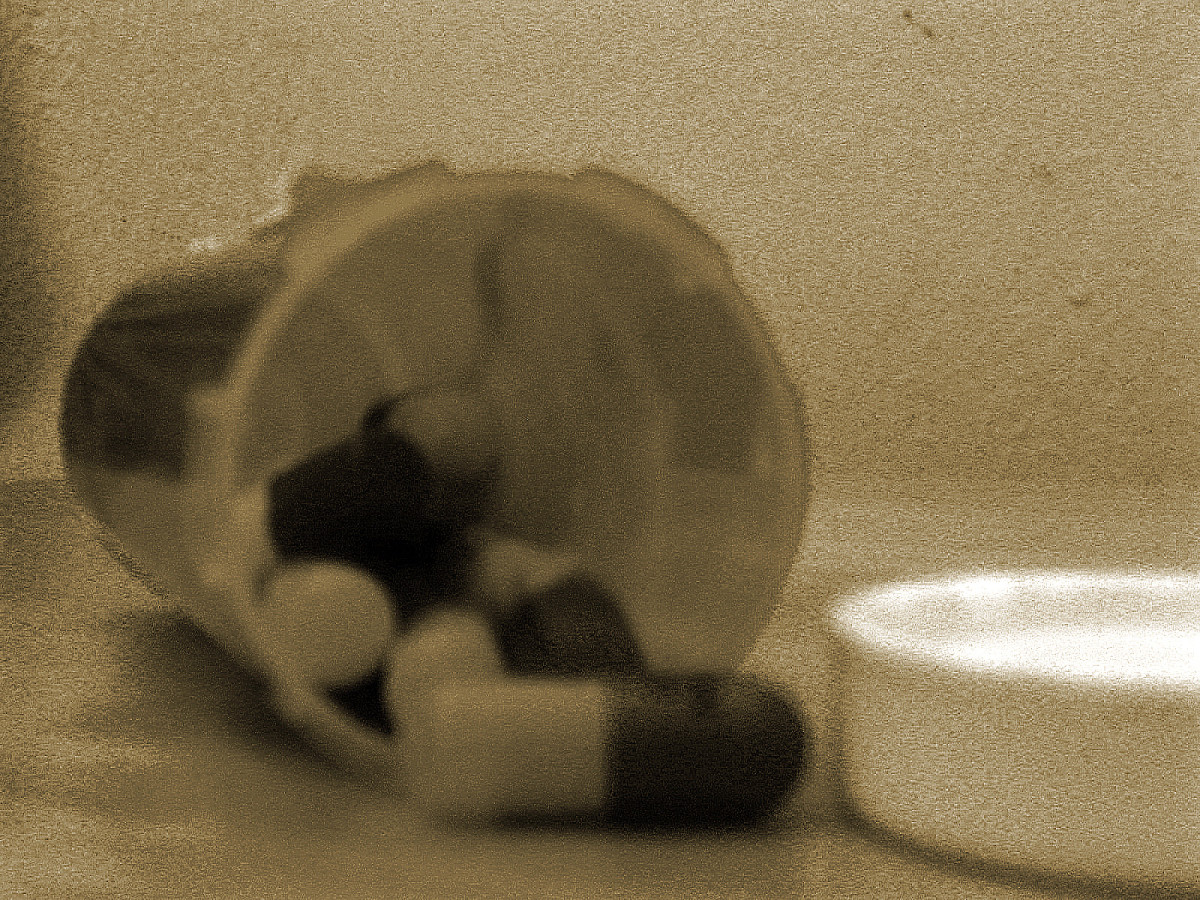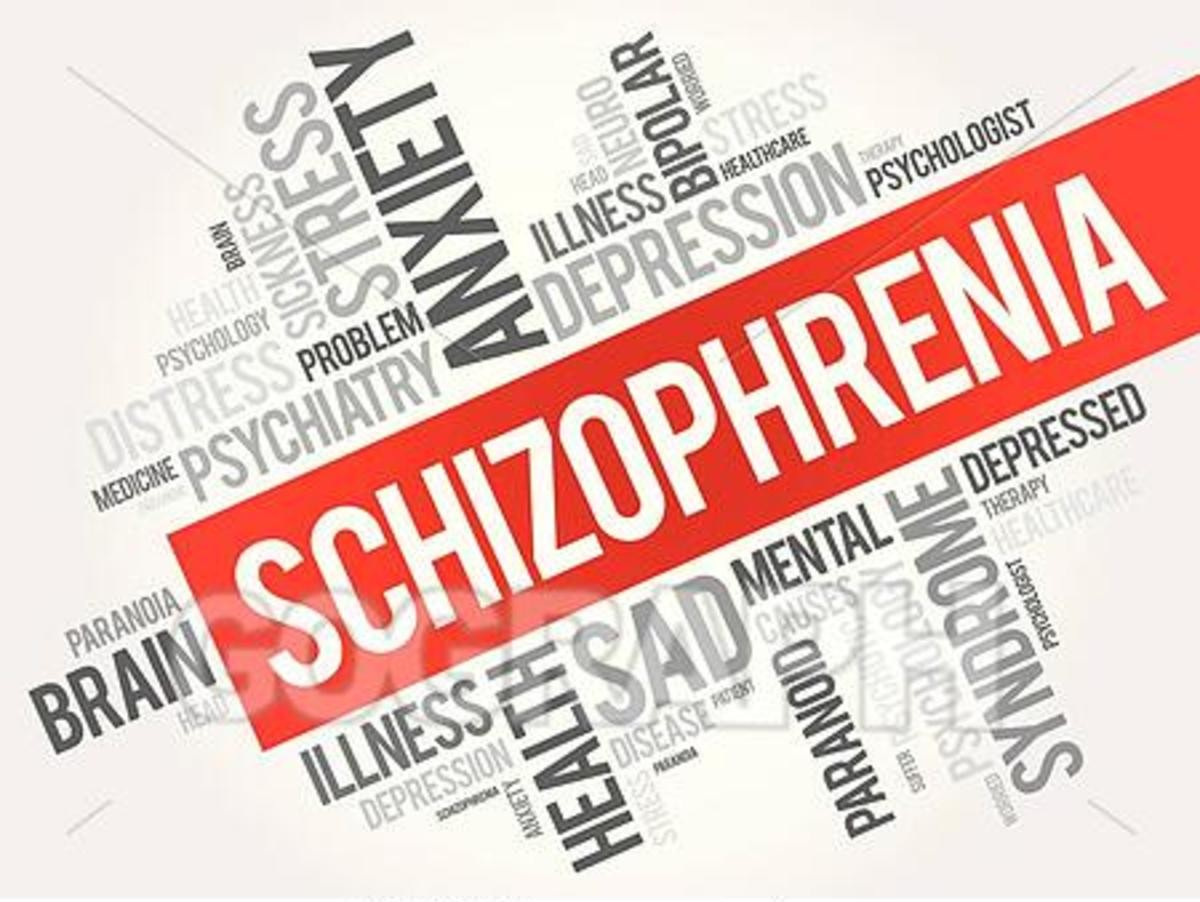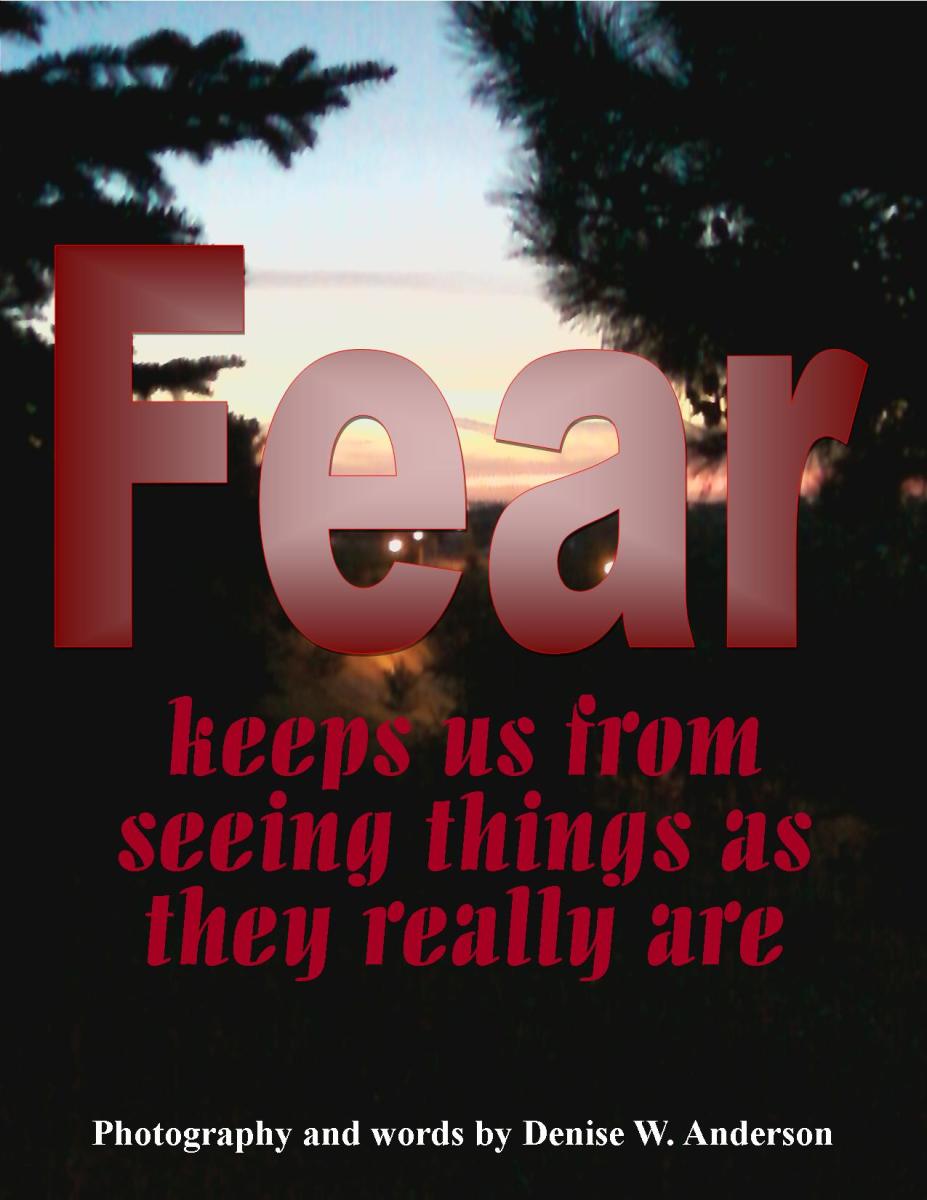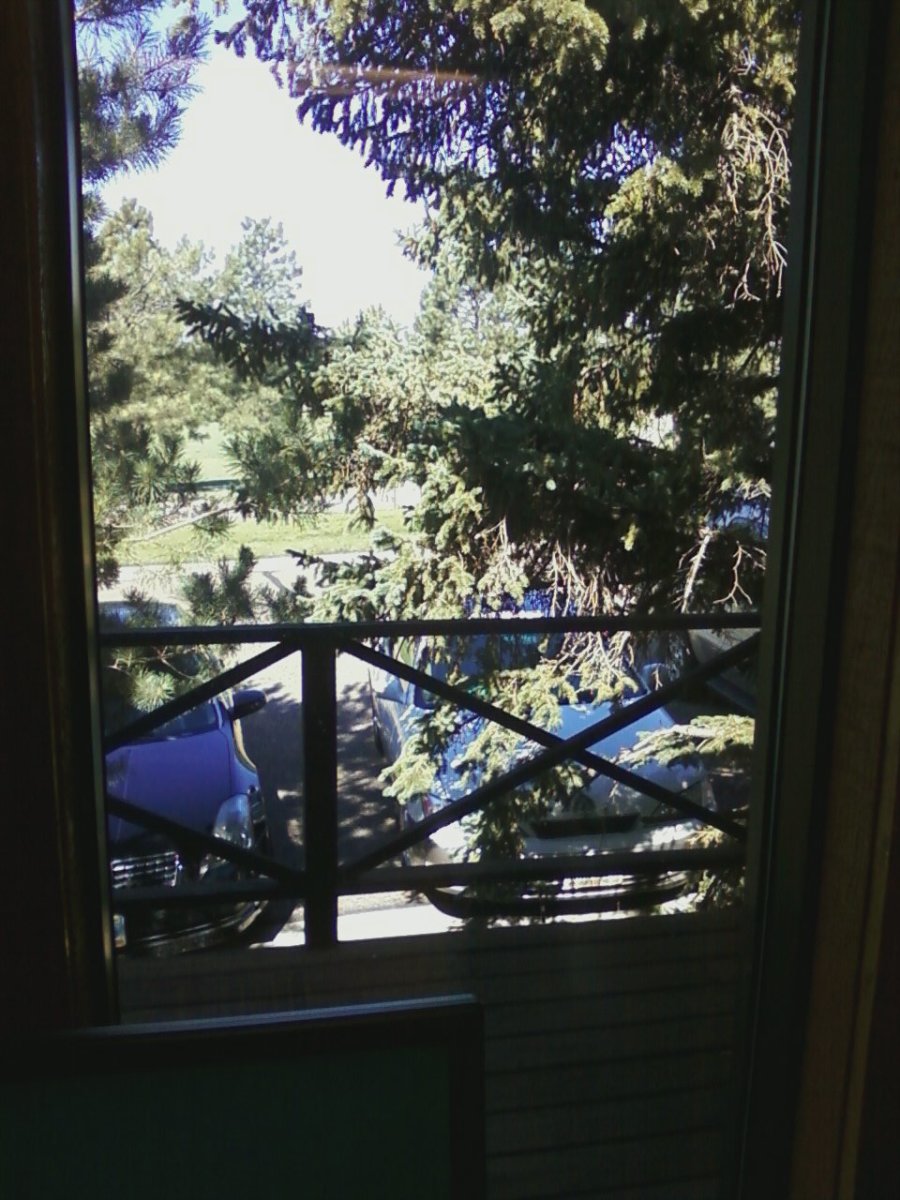Three Good Reasons to Clean Your Medicine Cabinet
There are more than three good reasons to clean your medicine cabinet, but we’ll focus on three: teens, suicide and the environment. Our medicine cabinets are a serious public health and safety concern. So serious that a National Take Back Day has been established. The US Department of Justice (DOJ) Drug Enforcement Administration (DEA) has been coordinating with state and local law enforcement agencies across the country to help us safely dispose of unwanted, expired, and unused controlled substances and other medications. Every Spring we can take our pharmaceutical trash to collection sites that have been set up all across the country. CLICK HERE to find a collection site near you. (The link closes after the season closes.)
- The service is free and anonymous; no questions asked.
- Prescription and over the counter solid dosage medications, i.e. tablets and capsules accepted.
- Intra-venous solutions, injectables, and needles will not be accepted.
- Illicit substances such as marijuana or methamphetamine are not a part of this initiative.
In a recent press release, DOJ spokespersons report that, “Many Americans are not aware that medicines that languish in home cabinets are highly susceptible to diversion, misuse and abuse. Rates of prescription drug abuse in the United States are increasing at alarming rates, as are the number of accidental poisonings and overdoses due to these drugs. Studies show that a majority of abused prescription drugs are obtained from family and friends, including from the home medicine cabinet. In addition, many Americans do not know how to properly dispose of their unused medicine, often flushing them down the toilet or throwing them away – both potential safety and health hazards.”
Skittling and Robo Tripping
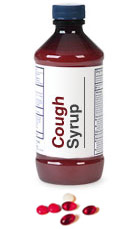
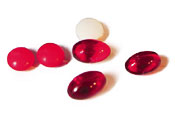
Teens
Teens, as well as many adults, mistakenly believe that because a medication is prescribed or sold over the counter, then it must be safe. There has been a steady rise in addiction resulting from prescription and over the counter medication misuse and abuse. Narcotic pain medications such as Oxycontin, Oxycodone, Percocet and Vicoden are classed as opiates. They are in the same classification as heroin. In fact, Oxycontin and Oxycodone are known on the street as “hillbilly heroin.” A person who becomes addicted to pain pills will often be lured to the streets and IV heroin use if their access to prescription opiates is blocked. Psycho-stimulants, such as Adderal, Ritalin or dexamphetamines that are prescribed for ADHD or weight loss are also commonly misused. These are often crushed and snorted to intensify their effects. Valium, xanax and other sedative/hypnotics that are prescribed for anxiety and panic disorders are commonly abused, and are often mixed with alcohol; a dangerous combination that frequently causes black outs and leads to arrest.
Dextromethorphan, or DXM, a substance found in over the counter cough and cold medications is often abused by teens because of easy access and affordability. Teens who wouldn’t consider taking street drugs, will abuse DXM because it is perceived as safe. When taken according to directions, products containing DXM are safe and effective. When teens abuse them, they take dangerously high doses causing a dissociative high similar to PCP and ketamine. CLICK HERE to better understand DXM, how it is abused, and some terms teens might use in connection with DXM use; such as triple C’s, robo tripping, plateau, and skittling.
Suicide Statistics
The Perspectives of Psychiatry
- Every year approximately 30,000 people die by suicide in the United States, and one million worldwide.
- Approximately 650,000 people yearly receive emergency treatment after attempting suicide in the United States.
- It is the third leading cause of death among American youths and the eleventh for Americans of all ages.
- Over the last 100 years suicides have out-numbered homicides by at least 3 to 2.
- Almost 4 times as many Americans died by suicide than in the Vietnam War during the same time period.
- The rates of suicide are exceptionally high among certain populations: white males over 75 years of age, Native Americans, and certain professions (e.g., health professions, police).
- The rates among youth are rising.
Prescription and Over the Counter Drug Abuse: Orange County Comprehensive Report
- Nationwide, unintentional overdose deaths involving prescription painkillers increased 117% between 2001 and 2005; from 3,944 to 8,541.
- Over the same 4-year period, treatment admissions for painkiller addictions increased 74% (USDOJ, 2009).
- In 2006, there were approximately 741,425 Emergency Department visits involving non-medical use of prescription and over-the-counter drug and dietary supplements.
- 92% of drug-related suicide attempts in 2006 involved misuse of pharmaceuticals (SAMHSA, 2006).
Suicide Facts and Prevention
1-800-273-TALK NATIONAL SUICIDE PREVENTION LIFE LINE
- National Suicide Prevention Lifeline - With Help Comes Hope
National Suicide Prevention Lifeline 1-800-273-TALK (8255): Suicide hotline, 24/7 free and confidential, nationwide network of crisis centers
The Environment
In 2008, members of Associated Press conducted a five month investigation which identified that traces of prescription drugs are in our drinking water. When a person takes a pill some of the medication is absorbed by the body and the rest is eliminated in the toilet, treated, emptied into rivers and streams, then treated again and used as drinking water. Some people dispose of pharmaceuticals in the toilet, believing it to be safer than throwing them in the trash and contaminating ground water. Samples taken from surface water and underground aquifers near land fills were found positive for pharmaceuticals. Even though water is treated, trace amounts of pharmaceuticals are still found in drinking water. How humans and wildlife are affected by these trace amounts over time is not known. The interaction of these drugs with chlorine, fluoride and other chemicals used to treat the water is another concern.
Here are some of the key findings obtained by the AP and reported by Fox News in March 2008:
- Officials in Philadelphia said testing there discovered 56 pharmaceuticals or byproducts in treated drinking water, including medicines for pain, infection, high cholesterol, asthma, epilepsy, mental illness and heart problems. Sixty-three pharmaceuticals or byproducts were found in the city's watersheds.
- Anti-epileptic and anti-anxiety medications were detected in a portion of the treated drinking water for 18.5 million people in Southern California.
- Researchers at the U.S. Geological Survey analyzed a Passaic Valley Water Commission drinking water treatment plant, which serves 850,000 people in Northern New Jersey, and found a metabolized angina medicine and the mood-stabilizing carbamazepine in drinking water.
- A sex hormone was detected in San Francisco's drinking water.
- The drinking water for Washington, D.C., and surrounding areas tested positive for six pharmaceuticals.
- Three medications, including an antibiotic, were found in drinking water supplied to Tucson, Ariz.
A spokesperson for the Environmental Protection Agency at that time commented, "We recognize it is a growing concern and we're taking it very seriously,"



